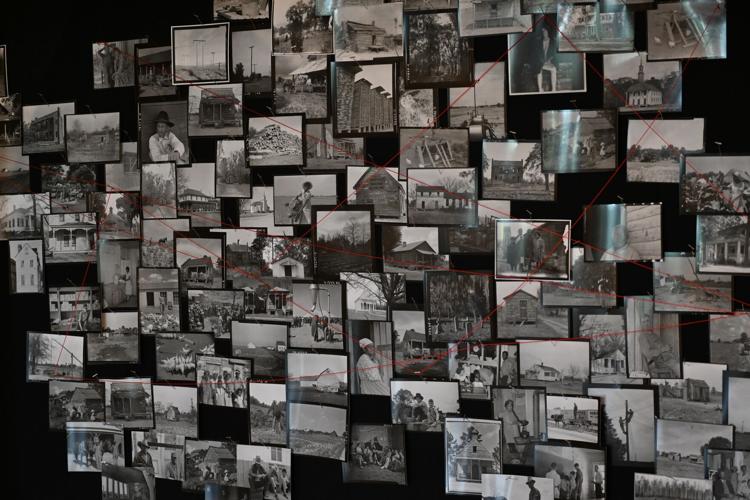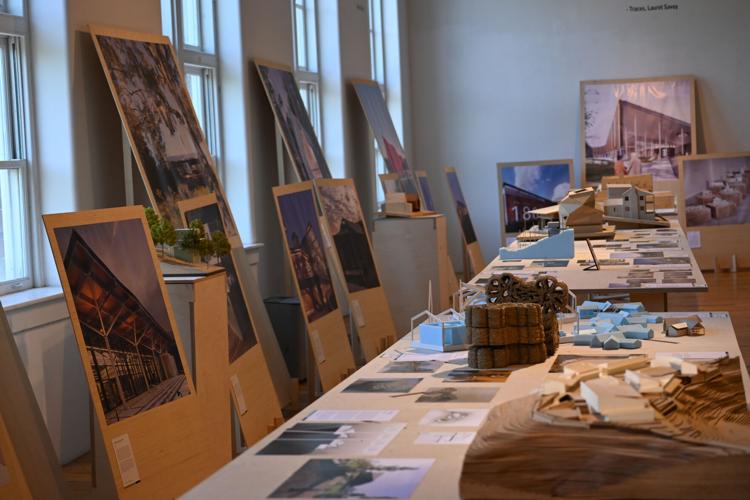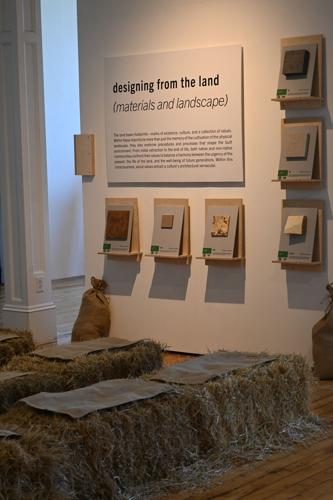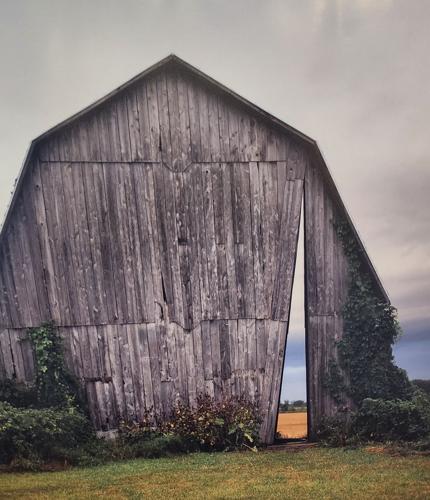Artists have long been attracted to the vernacular architecture of the rural South.
For half a century, William Christenberry memorialized the abandoned structures of Hale County, Ala., in hauntingly beautiful color photographs. For just as many years, the late Jim Harrison, whose storefront gallery still stands in the South Carolina hamlet of Denmark, focused his painterly attention on what he considered the rustic architectural remnants of a “lost America.” With the same devotion but in a different medium, contemporary potter Winton Eugene of Cowpens adorns his ceramic surfaces with meticulously rendered images of the now-ramshackle buildings that once served the needs of rural Southerners.
Until June 15, Columbia's 701 Center for Contemporary Art is hosting an exhibition co-sponsored by the Clemson School of Architecture and Partners in Place. Entitled “Rural Witnesses,” this multimedia offering examines the past, present and potential future of human-manipulated spaces in the exurban South.

Rural Witnesses is a collaborative exhibit with Clemson University, 701 Center for Contemporary Art and Partners in Place.
The overarching narrative of the exhibition focuses on transformation, tracing a plot line from what was to what remains — and what might be.
In an alcove to the left of the gallery entrance, for example, is an installation entitled “the conversation stand.” Composed of sound recordings, photographic portraits and metal castings of land surface shapes, the piece reinforces the fact that the land and its inhabitants are intertwined.
Rural architecture, in particular, is informed by what nature dictates. The current exhibition spotlights how site-specific conditions determine the placement and configuration of a structure, and the show also acknowledges how, over time, these buildings, even those that have outlived their initial purpose, become sanctified by memory. Thus, more than half of the current exhibition is devoted to preservation and innovative reutilization.
The entire length of the gallery space, running parallel to the windowed wall, bursts with architectural models and large-scale photos of contemporary projects. These reflect work aimed at either the creative adaptation of older buildings or the design of new structures in harmony with a particular environment and sensitive to the cultural history of a particular community.

“Secret Sky” is featured in 701 Center for Contemporary Arts' Rural Witnesses exhibit.
In the first category is “Secret Sky.” For this project, Alibi Studio took an unused barn in rural Michigan and created a cut-through passageway with walls made of salvaged materials. Thus, two buildings were made from one and the slice taken out of the structure’s original core offers new ways for visitors to interact with the building both inside and out.
In the second category is the St. Helena Branch Library at Penn Center designed by Liollio Architecture. Established in 1862 as a school for the instruction of formerly enslaved West Africans, the Penn Center became in the 20th century a major meeting place for those involved in the modern civil rights movement. The building’s open, pavilion-like roof makes reference to the sheltering canopy of the island’s live oaks; the curved, bamboo-woven walls of the special collections area are intended to remind visitors of the net-making skills of the island’s long-term residents, the Gullah Geechee people.
In the end, this exhibition reflects the mission of its curating organizations, balancing preservation and reinvention. All visitors to the 701cca in the coming month can themselves witness the challenges facing the rural South and some of the ways architecture can evolve to meet those challenges.






